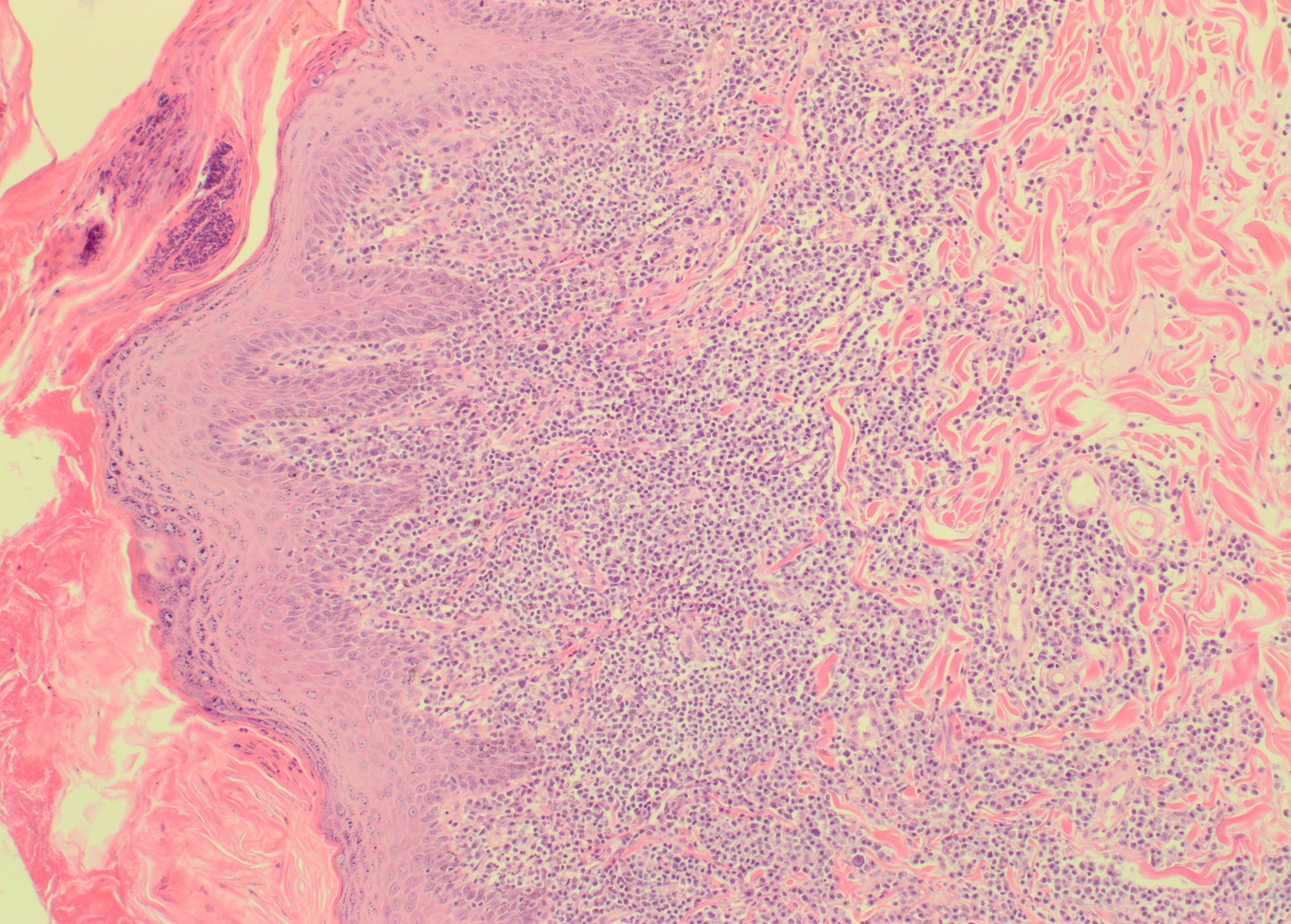Species: All
Specimen: Fixed tissue (1:10 tissue:formalin)
Container: Plain sample pottle with 10% formalin
Collection protocol:
Tissues such as central nervous system and eyes require special care upon removal. Artefact induced by rough handling and poor fixation can greatly impede interpretation of histological changes in these organs.
Lesions in the brain can be localised to focal areas, and the entire intact brain should always be submitted. It is very important to preserve the mid-brain and hind-brain in cases submitted for TSE evaluation.
Eyeballs need to be removed immediately after death, as autolytic change can affect the retina within 10 minutes of anoxia. Good retinal morphology is critical for diagnosis of most cases of ocular blindness. Eyeballs need to be trimmed of extraocular tissue and muscle before fixing, but leave the optic nerve in place. Intra-vitreous injection of formalin (0.25 mL in a dog or cat, 2 mL in a horse) can be used to optimise retinal histopathology; alternatively a specialist fixation protocol (e.g. use of Bouin’s or Davidson’s fixative) can be pursued.
Special handling/shipping requirements:
All samples must be shipped in leak-proof, sealed containers with appropriate labelling (i.e. UN number). Sample containers and shipping materials can be ordered from your local Awanui Veterinary laboratory. For more information, see Histopathology – General Information
Comparison with other related tests: See – Necropsy, Histopathology – Fixing and submitting organs

